In 1958, when the late Filipino American artist Carlos Villa was studying at the California School of Fine Arts, he asked one of his teachers where he could learn about other Filipino art.
“His teacher said to him there isn’t any,” said Mark Johnson, co-curator of Carlos Villa: Worlds in Collision, a retrospective of Villa’s work at the Asian Art Museum of San Francisco.
That response inspired Villa to go beyond his own art, and make it his mission to help other artists of color.
“His whole career was trying to focus on filling in that story both for himself and for artists in the future,” said Johnson.
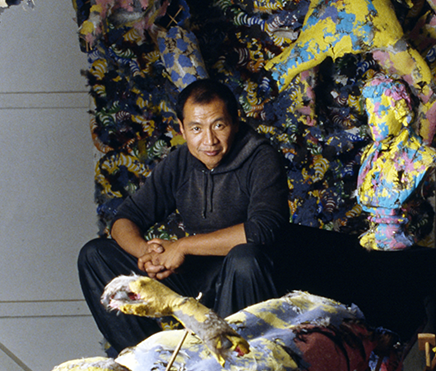
Villa died in 2013, but his legacy continues. As a professor at the San Francisco Art Institute for four decades and a powerful community organizer and mentor, Villa had an outsize impact on dozens of younger artists. His students included Obama portraitist Kehinde Wiley and Mission School art pioneer Barry McGee.
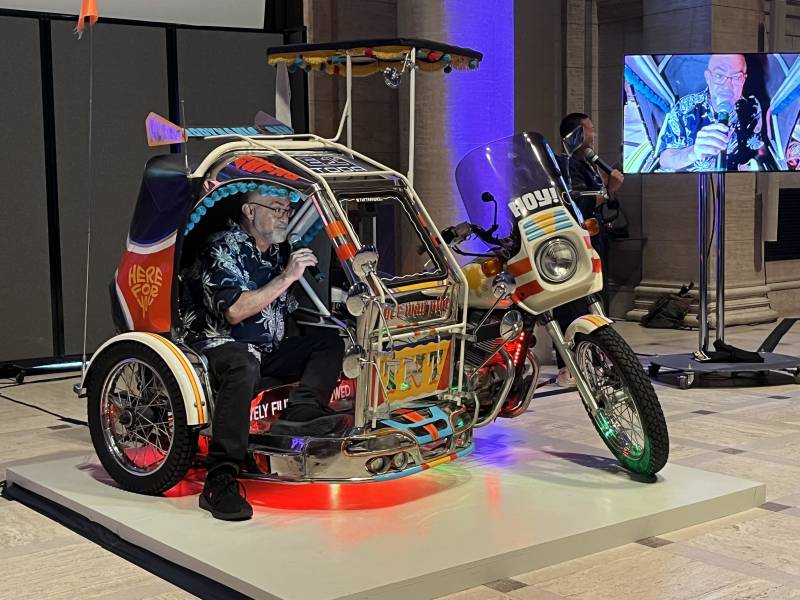
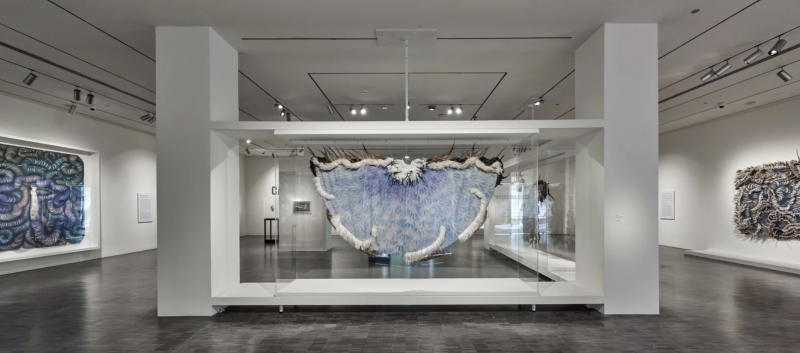
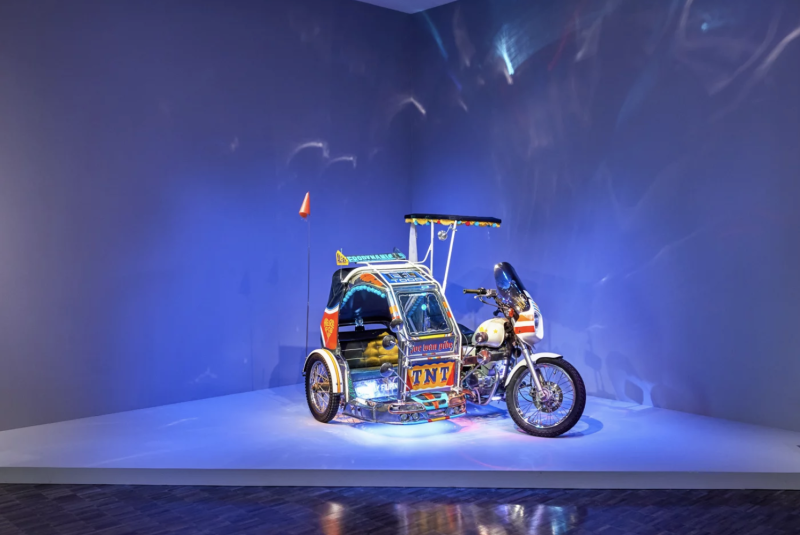
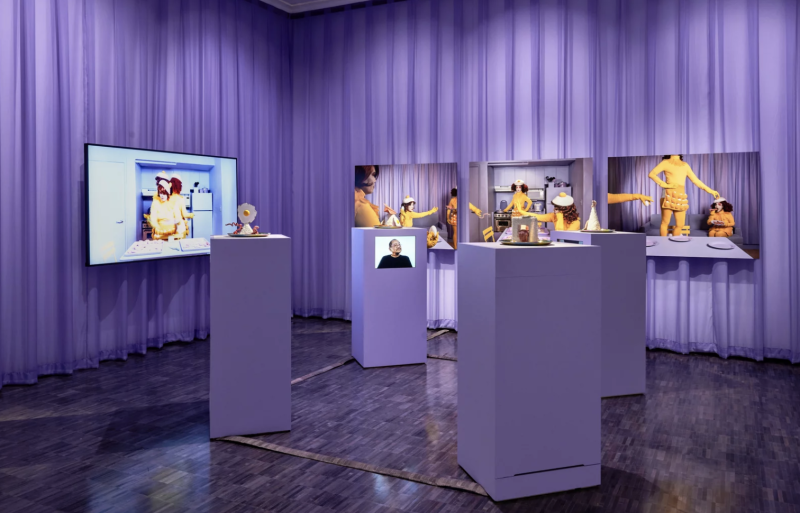
9(MDAxOTAwOTE4MDEyMTkxMDAzNjczZDljZA004))

